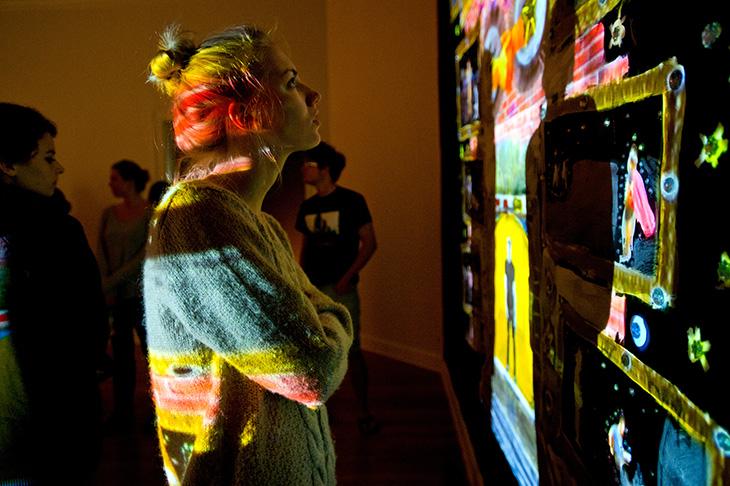Can I use that? Solving copyright issues in visual arts
Can you use a live news webcast in an art installation without permission? What about using anonymous protest posters from the 1960s as book illustrations? These were two of the situations American University professor Patricia Aufderheide used to illustrate how creators navigate the fair-use copyright doctrine in her lecture “Fair Use in the Visual Arts: It Just Got Easier” Thursday evening (Feb. 18) on the Tulane University uptown campus. She spoke in the Stone Auditorium at the Woldenberg Art Center.
According to Aufderheide, one-third of the visual arts community claims to have avoided or abandoned work due to copyright issues. She called the result “a problem of self-censorship.” Artists and scholars often dread thinking about how their work would stack up against a legal challenge.
The College Art Association recently released a Code of Best Practices in Fair Use for the Visual Arts to make fair-use rights more clear and to empower creators to pursue their mission.
Artists and scholars often dread thinking about how their work would stack up against a legal challenge.
“Best practices” are also one way a community can reach a consensus on how to interpret fair use in their field. A code of best practices isn’t law, but it gives creators a leg to stand on in court should their work be challenged, and judges do consider how a discipline interprets fair use in copyright cases.
Aufderheide directed her audience of professors, law students, artists and librarians to the Center for Media & Social Impact website for a list of fair-use best practices for several related fields.
Aufderheide’s lecture was funded in part by the College Art Association, Newcomb Art Museum of Tulane and the Phyllis Taylor Center for Social Innovation and Design Thinking. She also spoke on Saturday (Feb. 20) on fair-use in documentary film footage at retroPERSPECTIVE: The Jazz and Heritage Documentary Film Festival.

